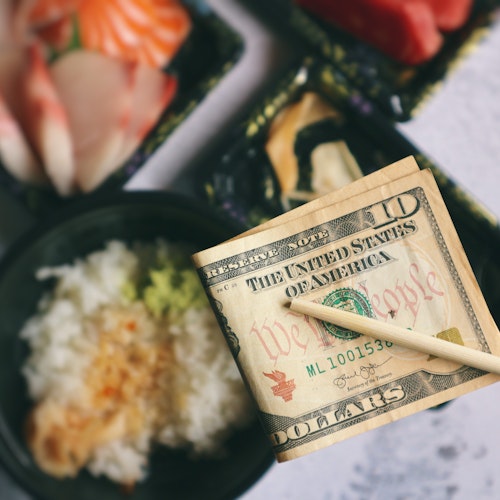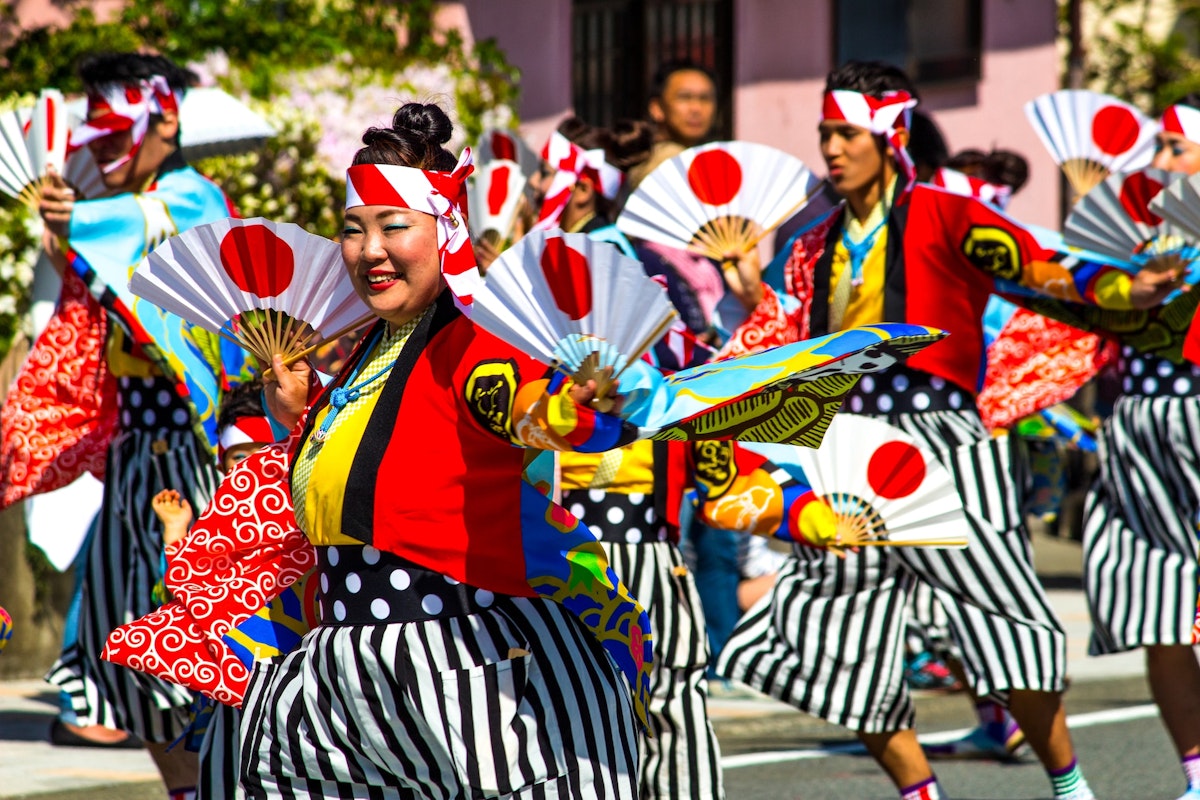
Step into a kaleidoscope of culture, where timeless traditions and modern marvels come to life in a symphony of color, sound, and emotion. This is Japan – a land of enchanting festivals and unforgettable experiences, beckoning travelers from across the globe to immerse themselves in its rich tapestry of history and customs.
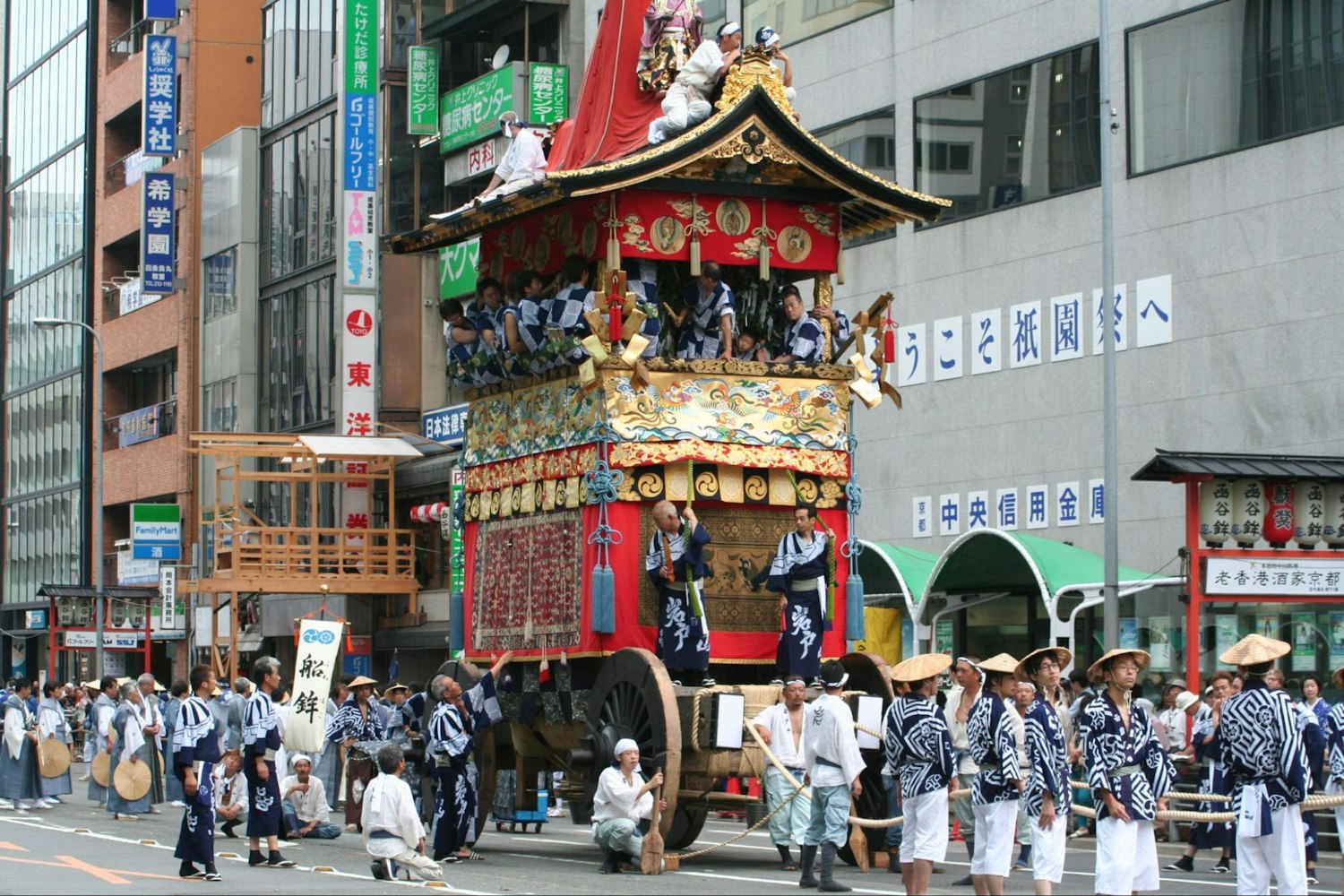
Image Credit: Wikimedia
In this article, we invite you to join us on an extraordinary odyssey through the top 10 must-attend festivals and events in Japan. Witness the awe-inspiring artistry of snow and ice, dance alongside spirited performers, and marvel at the breathtaking pageantry of ancient parades. With each festival unveiling a unique facet of Japan's vibrant soul, you'll find yourself captivated, inspired, and forever changed. So put on your yukata, grab your camera, and let the magic of Japan's most spellbinding celebrations sweep you off your feet.
Kyoto is home to one of Japan's most famous festivals, Gion Matsuri. Held annually in July, the festival is a celebration of the city's rich heritage and culture. Visitors from around the world flock to Kyoto to witness the festival's enchanting atmosphere, which includes a grand parade of floats, traditional music, and eye-catching costumes.

The roots of Gion Matsuri can be traced back to the Heian period (794-1185), when Kyoto was the capital of Japan. The festival was first held in the ninth century as a way to ward off an epidemic that was plaguing the city. Since then, it has become a beloved tradition that is passed down from generation to generation.
The main event of Gion Matsuri is the Yamaboko Junko, a grand parade of floats that takes place on July 17th and 24th. The parade features two types of floats: the yama floats and the hoko floats.
The Yama floats are the larger of the two and are decorated with intricate tapestries that depict scenes from Japanese history and mythology. They can reach up to 25 meters in height and are pulled through the streets of Kyoto by teams of men dressed in traditional clothing. The hoko floats, on the other hand, are smaller and more simplistic in design but still impressive in their own right.
As the floats make their way through the streets, they are accompanied by musicians playing traditional instruments such as flutes, drums, and bells. The music is hauntingly beautiful and adds to the festival's mystical atmosphere. The participants in the parade are also dressed in elaborate costumes, ranging from the colorful robes of the float pullers to the ornate outfits of the musicians and dancers.
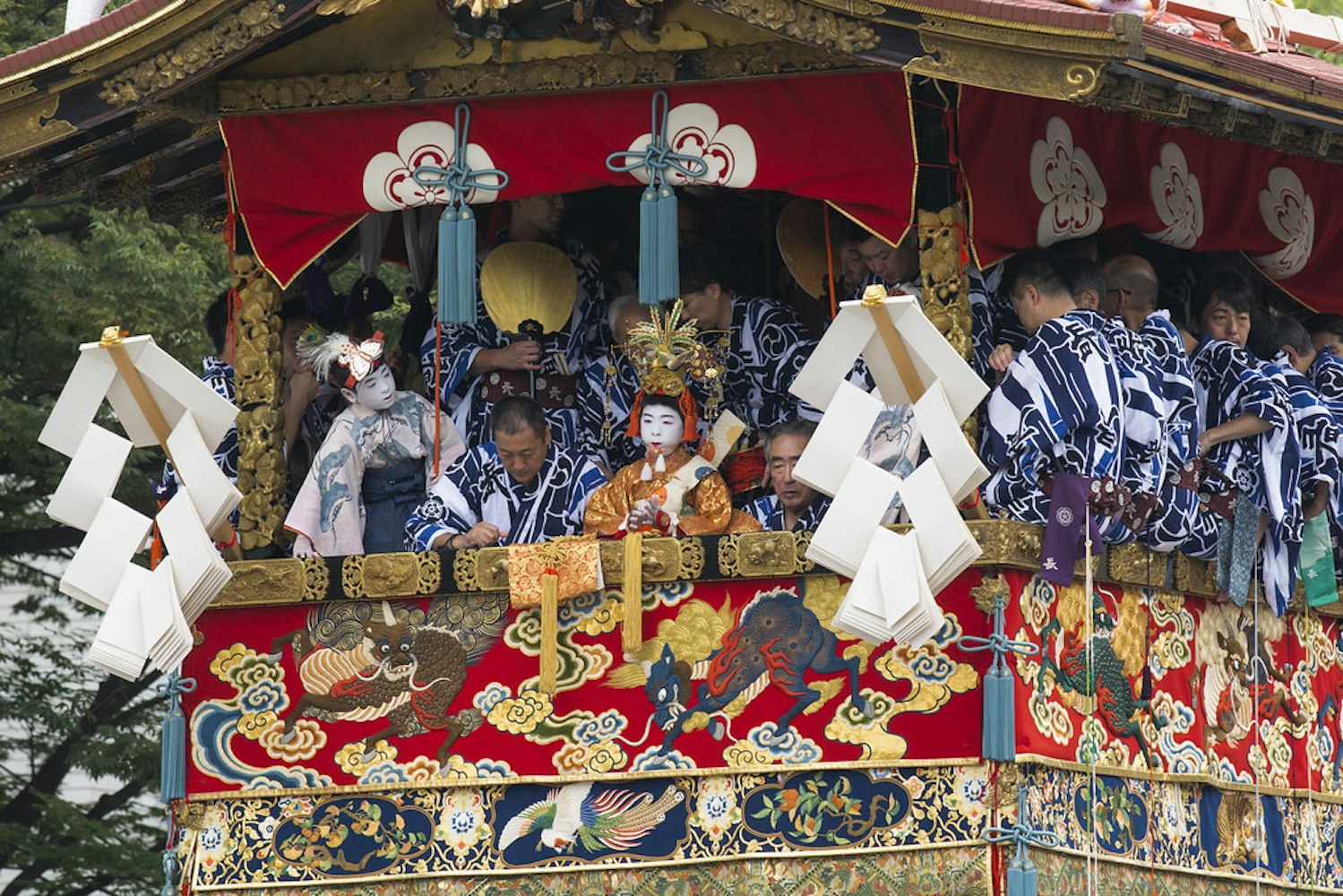
Image Credit: Patrick Vierthaler
The festival's enchanting atmosphere extends beyond the parade. Throughout the month of July, Kyoto is adorned with colorful lanterns, and the streets are alive with food stalls and cultural performances. Visitors can also take part in traditional activities such as tea ceremonies, flower arrangements, and calligraphy.
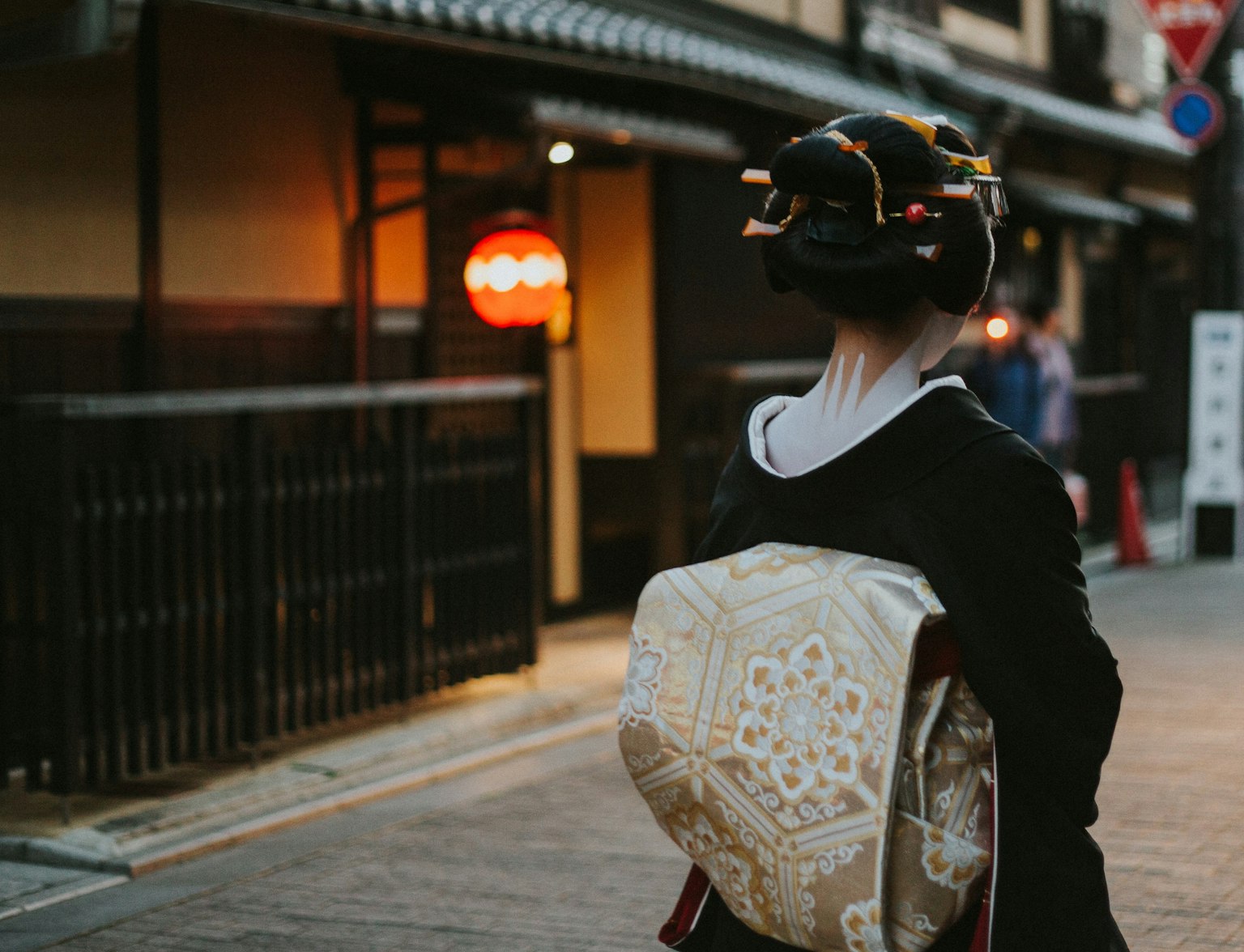
Experience the festival firsthand in Kyoto.
Every year in February, Sapporo, the capital city of Hokkaido, Japan's northernmost island, transforms into a breathtaking winter wonderland with the Sapporo Snow Festival. This internationally renowned festival attracts millions of visitors from all over the world, who come to marvel at the incredible snow and ice sculptures on display.
The Sapporo Snow Festival has a rich history that began in 1950, when local high school students created six snow sculptures in Odori Park. The festival has since grown into a major international event, featuring hundreds of sculptures and attracting visitors from all corners of the globe.
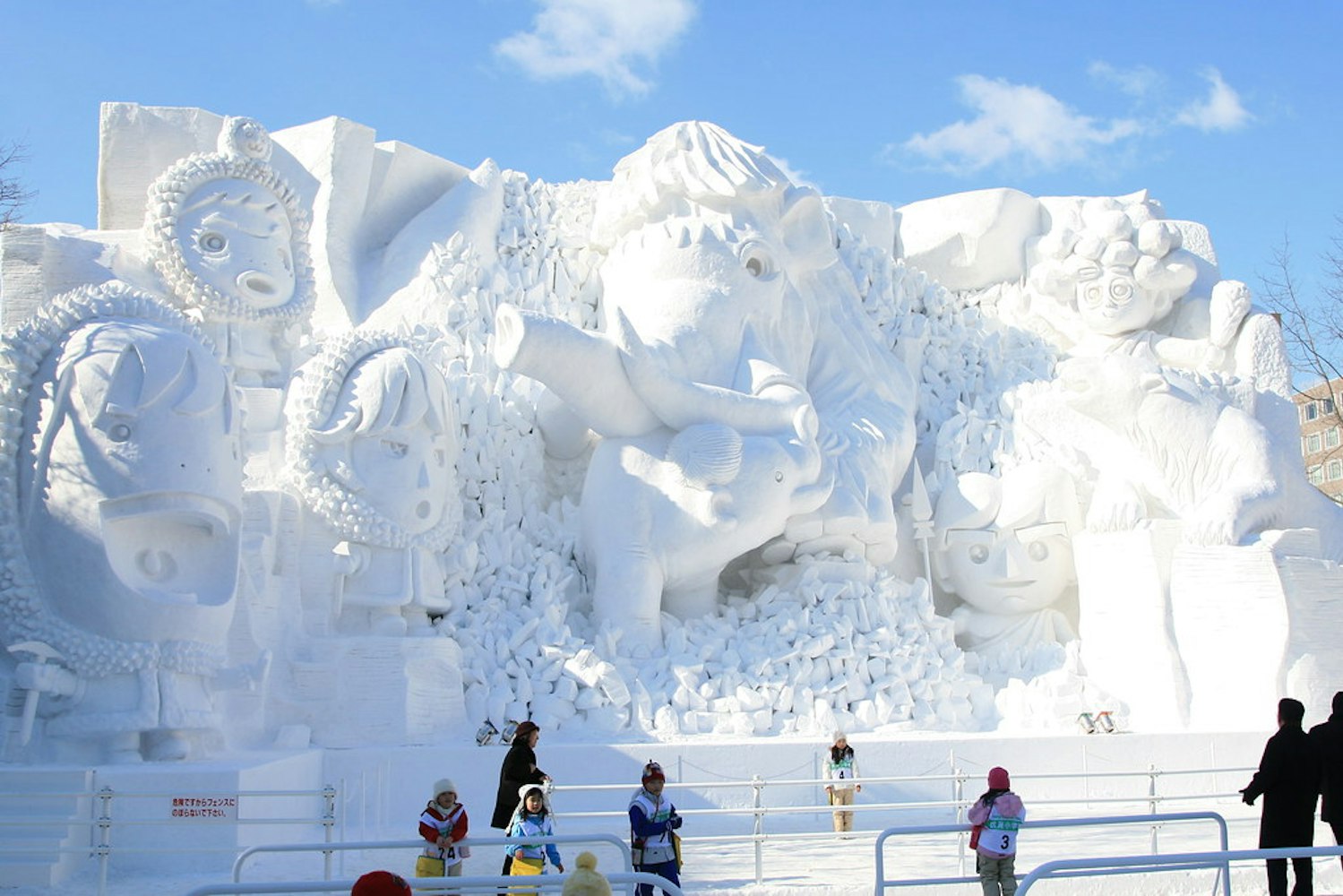
Image Credit: Tony Lin
The highlight of the Sapporo Snow Festival is undoubtedly the incredible snow and ice sculptures that are on display. The sculptures are created by artists from around the world, who use chainsaws, chisels, and other tools to transform blocks of snow and ice into works of art. The sculptures can be as large as 20 meters tall and are often themed around popular culture, historical events, or natural phenomena.
The Sapporo Snow Festival offers more than just the spectacular snow and ice sculptures. Visitors can enjoy a range of winter activities, such as snowboarding, sledding, and ice skating. There are also food stalls selling local Hokkaido cuisine, as well as traditional Japanese snacks and drinks. Visitors can try their hand at snow and ice sculpting or enjoy cultural performances such as taiko drumming.
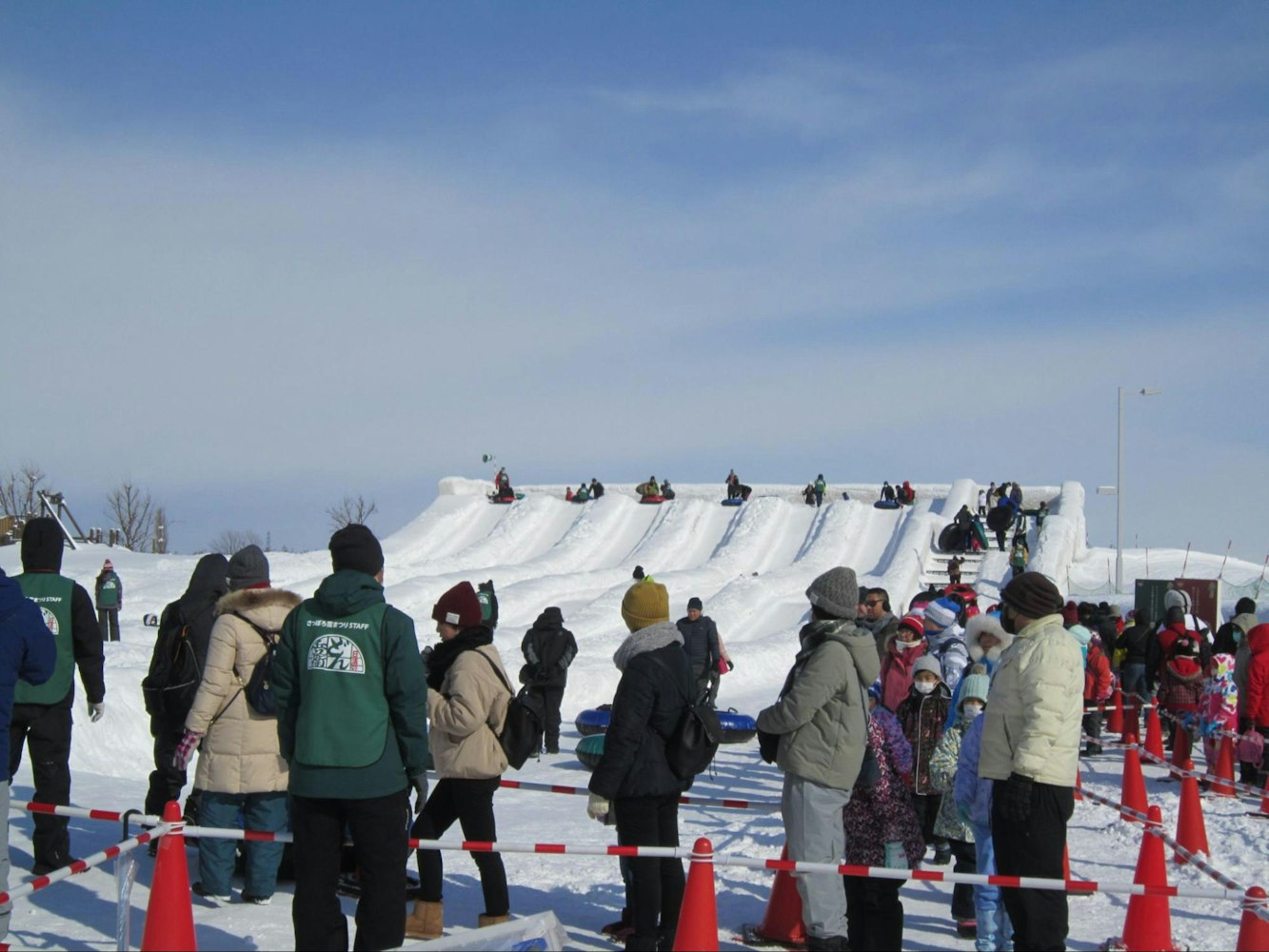
Image Credit: Wikimedia
Overall, the Sapporo Snow Festival is a unique and unforgettable experience that offers a glimpse into the beauty of winter in Hokkaido. With a wide range of activities and sights to enjoy, the festival is the perfect destination for anyone looking for a winter adventure.

Make a stop to Hokkaido's gateway, then onwards to Sapporo.
Awa Odori is one of Japan's largest and most popular dance festivals, held annually in Tokushima during the Obon season in August. The Obon season is a traditional Japanese holiday that honors ancestors and takes place in mid-August. During this time, people visit their ancestors' graves and set up altars in their homes to welcome their spirits back. The festival is a celebration of life and happiness, and its infectious energy is sure to leave a lasting impression on all who attend.
One of the defining features of Awa Odori is the vibrant traditional costumes worn by the performers. The costumes are colorful yukatas, a type of traditional Japanese garment that is made of lightweight cotton. The yukatas are adorned with bright patterns and designs and are often dyed with natural materials like indigo.
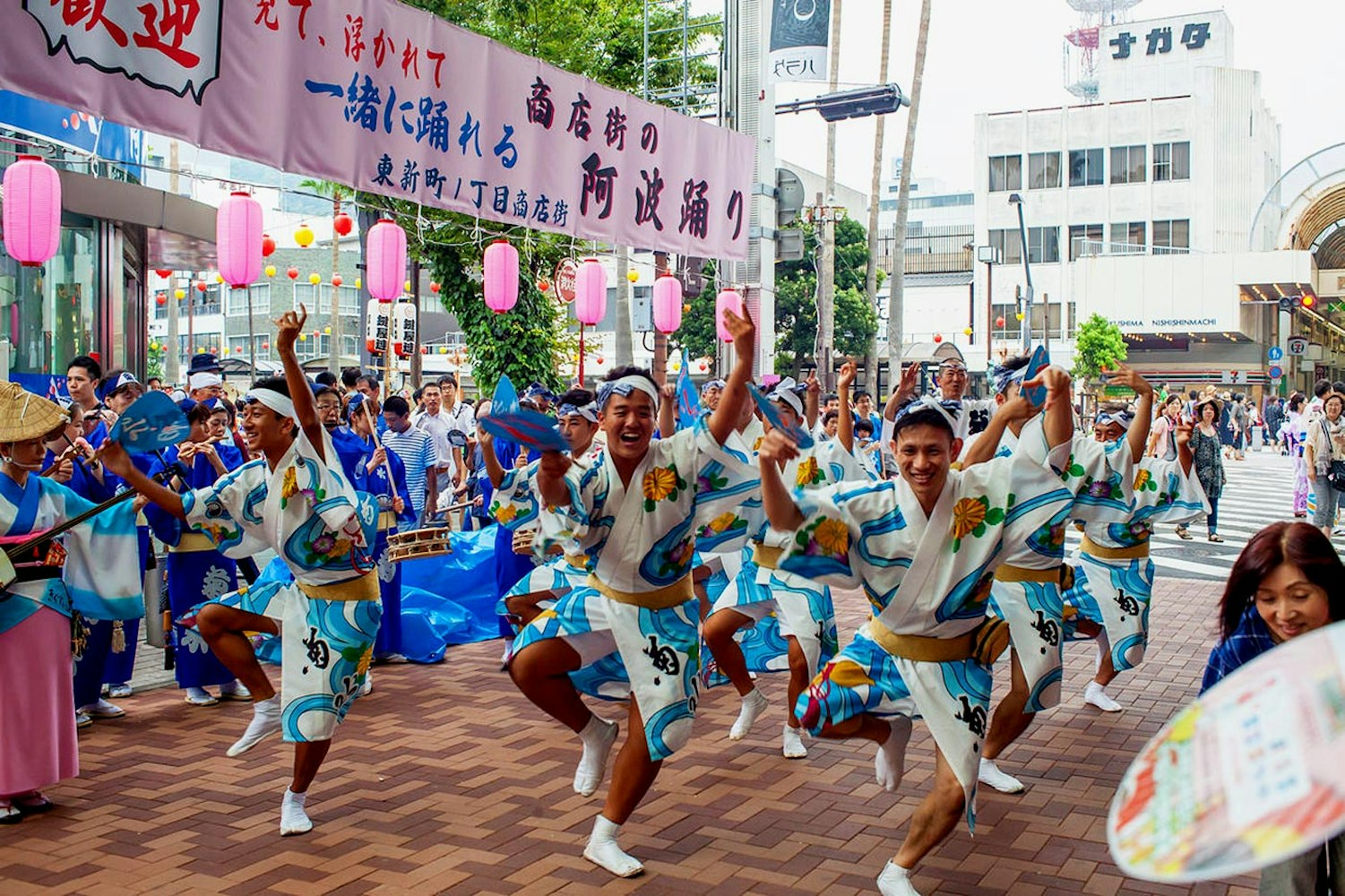
Image Credit: Miejsca
The music of Awa Odori is performed by traditional Japanese instruments such as the shamisen, taiko drums, and flutes. The music is upbeat and rhythmic, encouraging people to dance along with the performers. The infectious rhythm of the music is sure to get people moving and create a sense of joy and celebration.
Awa Odori offers a variety of activities for visitors to enjoy in addition to dance performances. Food stalls selling local cuisine and drinks are available throughout the festival, and traditional Japanese games and activities like kendama and yo-yo fishing are also available. The festival's lively and colorful atmosphere creates a sense of joy and celebration that is infectious, and visitors to the festival often find themselves swept up in the energy of the event.
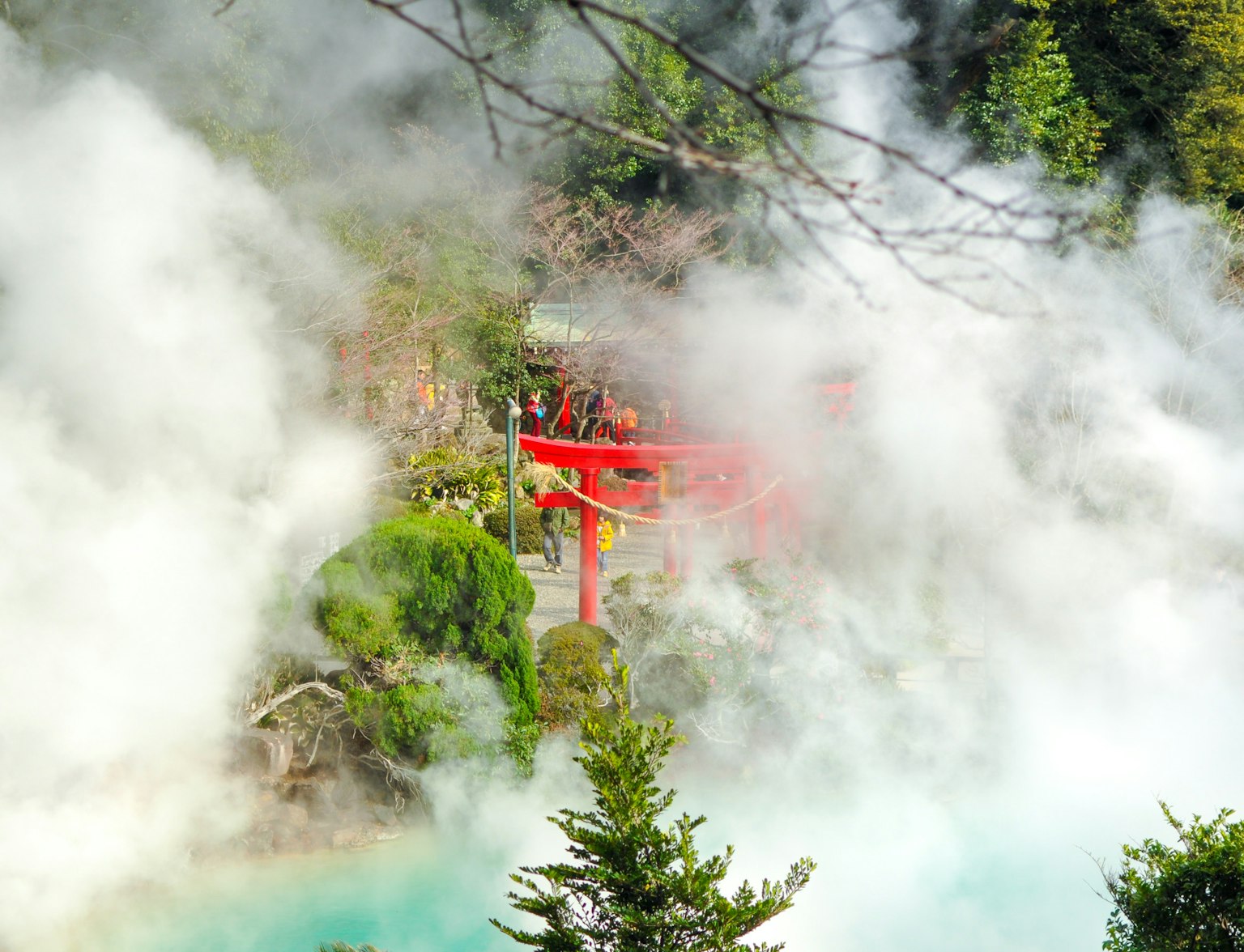
Pass by Tokushima with this tour.
Kanda Matsuri is a biennial festival held in Tokyo's Kanda area in May. The festival is one of the largest and most famous Shinto festivals in Japan, attracting millions of visitors from all over the country and the world. Kanda Matsuri is a celebration of the Kanda Myojin shrine, which is believed to protect the people of Tokyo from misfortunes.
Kanda Matsuri has a long and rich history that dates back to the Edo period. The festival began as a small procession of portable shrines, or mikoshi, carried by local residents to pray for protection from fires and disasters. Over the years, the festival grew in popularity, and it now includes a large parade of mikoshi, a variety of cultural events, and an impressive fireworks display. The festival was not held for several years during World War II, but it has been held continuously since 1958.
One of the highlights of Kanda Matsuri is the grand procession of mikoshi carried by enthusiastic participants. The mikoshi are decorated with ornate carvings and vivid colors, and are believed to house the spirits of the deities being worshiped.

Image Credit: Hideya HAMANO
The procession is accompanied by traditional Japanese music and dancing, creating a lively and festive atmosphere. The parade of mikoshi can be seen throughout the city, making its way through the streets of Tokyo and stopping at various points for ritual purification ceremonies.
Kanda Matsuri also offers a variety of cultural activities and delicious local cuisine for visitors to enjoy. The festival's food stalls are a must-visit, offering a range of traditional Japanese dishes and drinks. Visitors can also try their hand at traditional Japanese games like kendama and yo-yo fishing or witness impressive demonstrations of martial arts and traditional performing arts.
The festival's grand finale is an impressive fireworks display that illuminates the night sky over Tokyo. The fireworks display is a fitting end to a truly spectacular event that celebrates Tokyo's rich history and cultural traditions. The fireworks are set off over the Sumida River, and visitors can watch the display from several locations along the river.
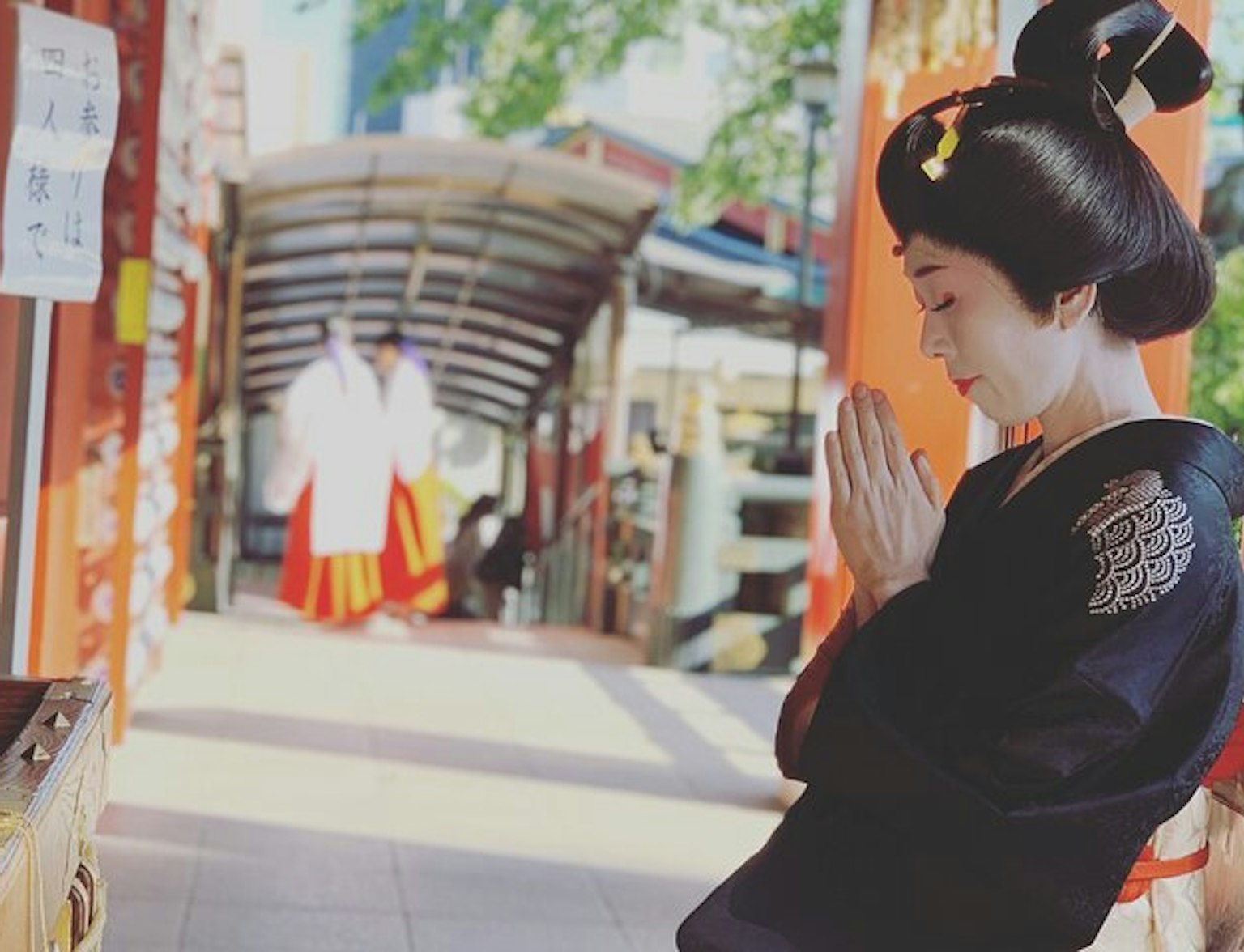
Learn more about Shinto practices in Kanda Shrine.
The Chichibu Night Festival is one of the most spectacular festivals in Japan that takes place annually in December. The festival is held in Chichibu, a city located in Saitama Prefecture, and is known for its breathtaking illuminated floats, intricate carvings, and grand fireworks display.
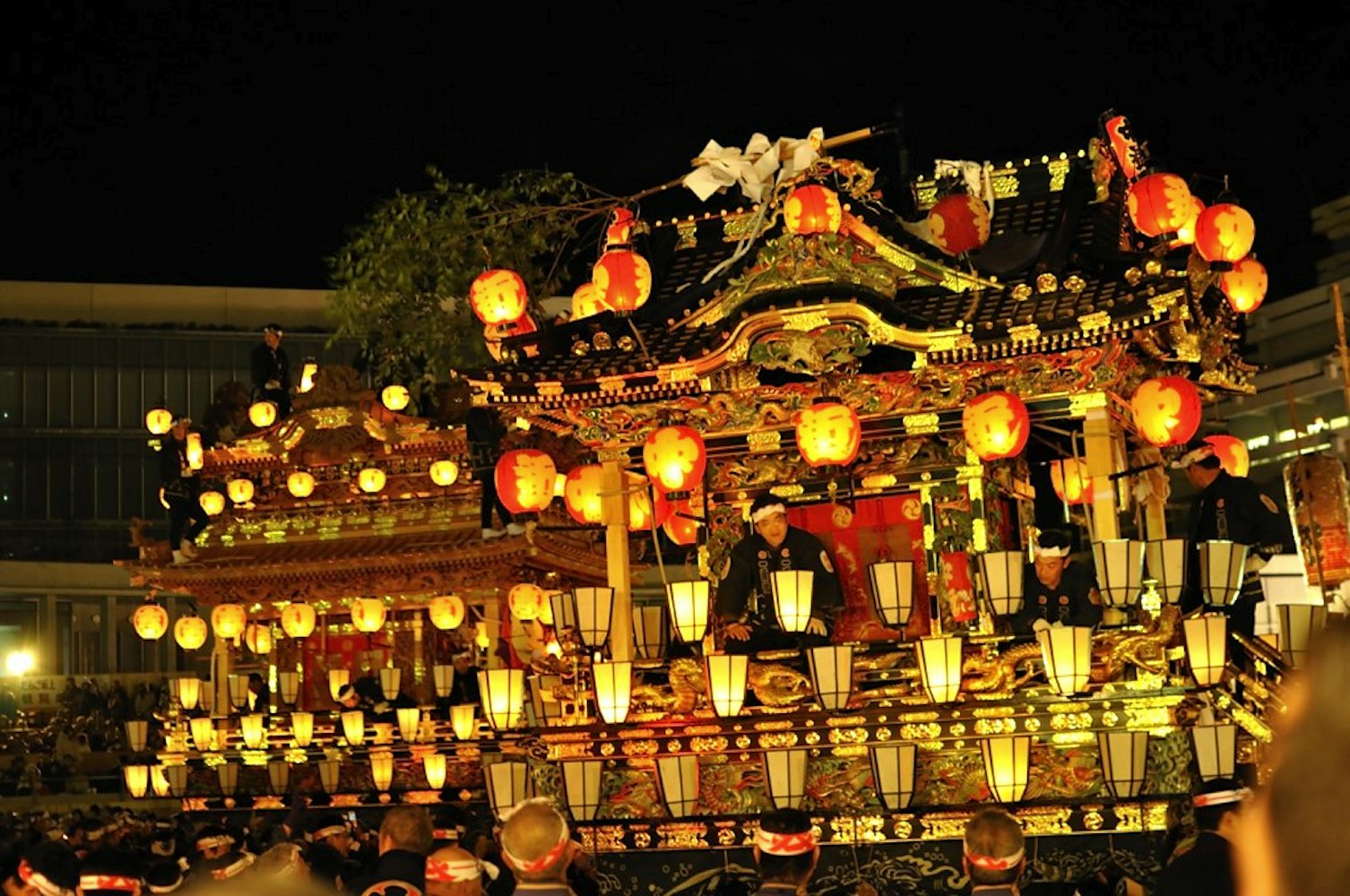
Image Credit: koroney
The origins of the Chichibu Night can be traced back to the Edo period. The festival was originally held as a way for local farmers to pray for a bountiful harvest and to ward off evil spirits. Over the years, the festival has grown in popularity and has become a grand cultural event that attracts visitors from all over Japan and the world.
The illuminated floats are the highlight of the Chichibu Night Festival. The floats are intricately decorated with colorful lanterns, intricate carvings, and other decorations and are illuminated by thousands of lightbulbs. Each float is accompanied by traditional Japanese music and is manned by local residents dressed in traditional attire. The floats are paraded through the streets of Chichibu, creating a truly stunning sight.
The lanterns and carvings on the floats are a true work of art. The lanterns are made from washi paper, a traditional Japanese paper that is known for its durability and beauty. The carvings on the floats are incredibly detailed and often depict scenes from Japanese folklore or history. The floats are a testament to the skill and creativity of the local craftsmen who make them.
The floats also tell a story, with each one representing a different aspect of Japanese culture or history. Some floats depict scenes from famous Japanese legends, while others celebrate the local cuisine or natural beauty of the area. The floats are a tapestry of stories and artistic expression that showcase the rich cultural heritage of Japan.
The Chichibu Night Festival ends with a grand fireworks display that illuminates the night sky over the city. The fireworks are set off from the Arakawa River and can be seen from several locations throughout Chichibu. The display is a fitting end to a truly magnificent event that celebrates the beauty and culture of Japan.
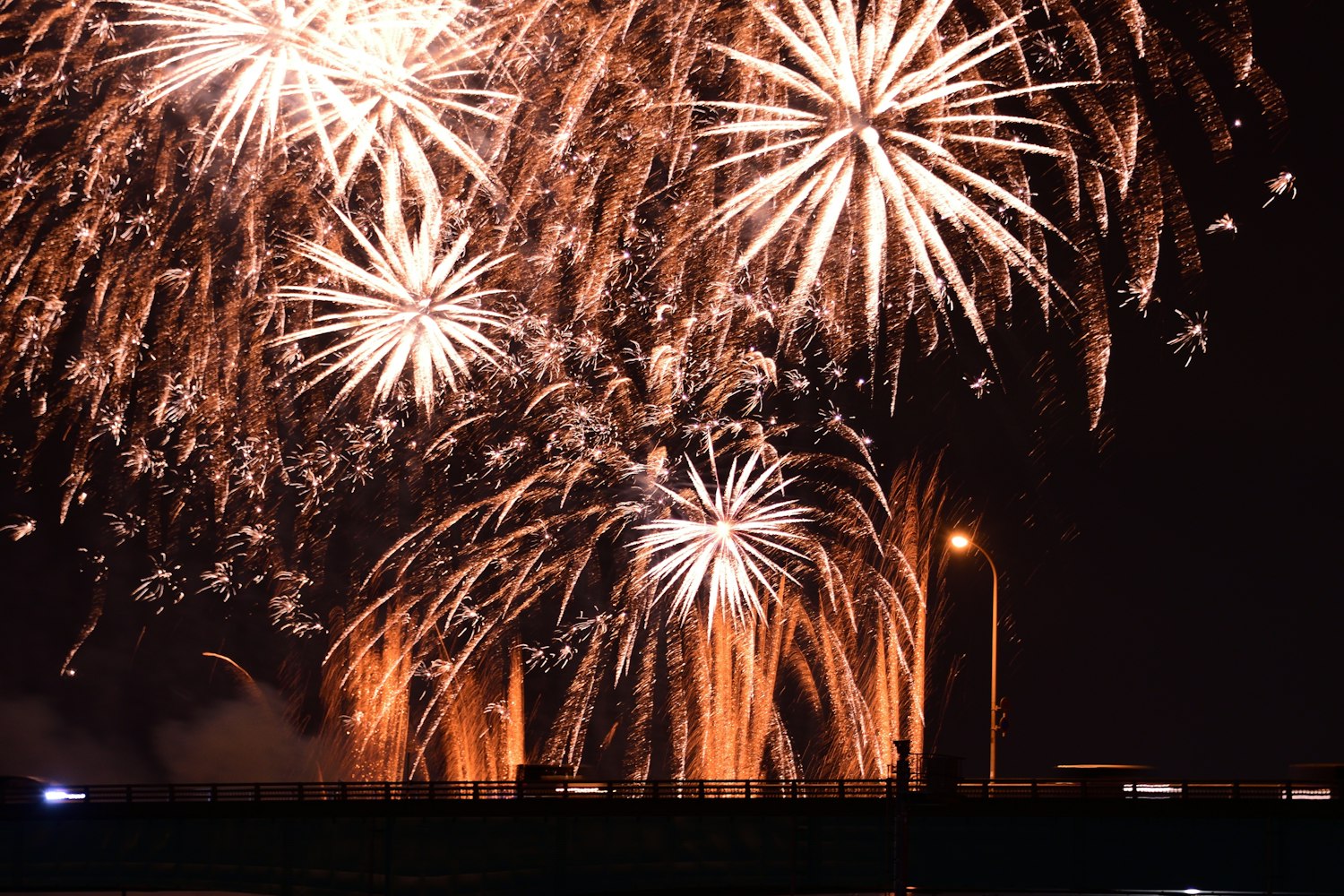
Overall, the Chichibu Night Festival is an unforgettable experience that showcases the best of Japanese culture and tradition. The festival is a testament to the enduring spirit of the Japanese people and their commitment to preserving their cultural heritage.
Nebuta Matsuri is a spectacular festival held in Aomori every August. The festival is famous for its colossal illuminated floats that depict historical and mythical figures, which are paraded through the streets of Aomori. The origin of Nebuta Matsuri date back to the Edo period, when local samurai would display lanterns outside their homes to ward off evil spirits.
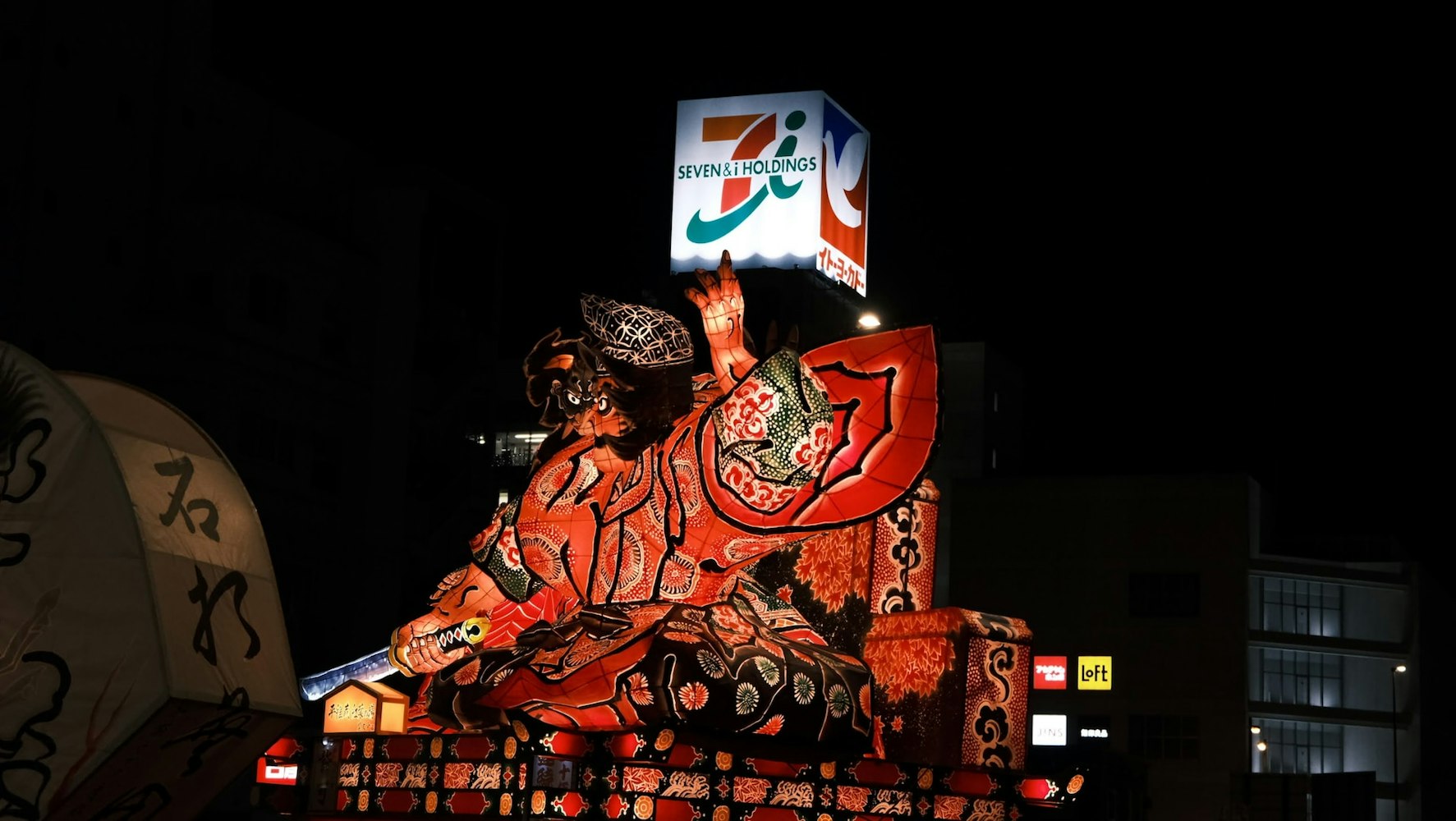
Over time, the tradition evolved into the magnificent Nebuta floats that we see today. The festival celebrates the coming of the Obon season, a time when ancestors are said to return to the living world to visit their descendants.
The festival also features a variety of performances, including traditional Japanese dance and music, creating a lively and festive atmosphere. Visitors can enjoy traditional Japanese food and drinks, as well as try their hand at traditional Japanese games and crafts.
The festival culminates with the final parade, where all the floats are illuminated and paraded through the streets of Aomori City. The parade is accompanied by traditional Japanese music, creating a magical atmosphere that is unforgettable.
Sanja Matsuri is a vibrant festival that takes place in Tokyo's Asakusa district every May. The festival is named after the three founders of the Sensoji Temple, and it is one of the biggest and most popular festivals in Tokyo. Sanja Matsuri is a lively and energetic event that celebrates Tokyo's cultural heritage with colorful parades, performances, and traditional food.
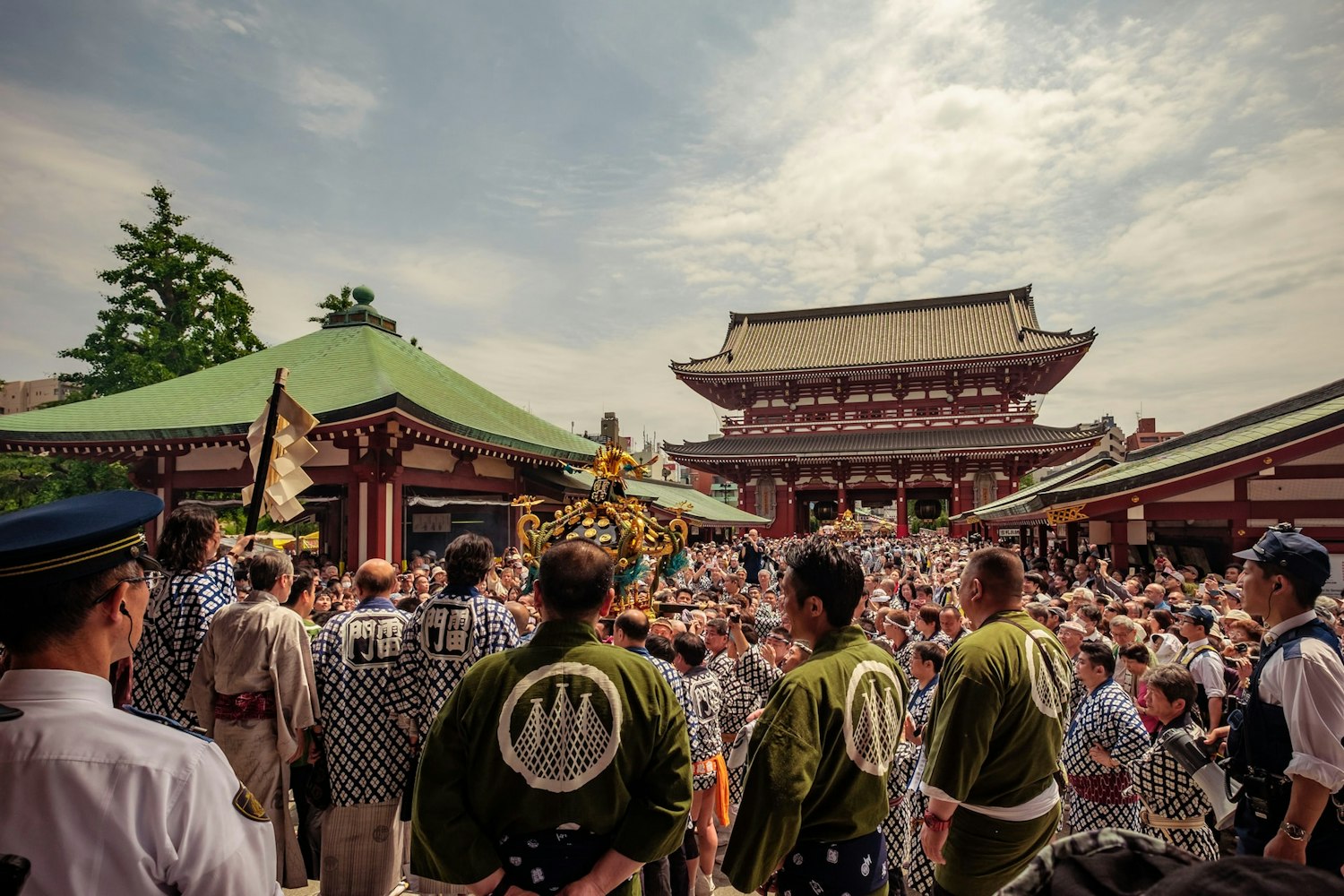
Sanja Matsuri have its roots in the Asakusa Shrine, which was built in the 7th century to house the statue of Kannon, the Buddhist goddess of mercy. The shrine became a popular destination for pilgrims, and by the Edo period, it had become a hub for entertainment and cultural events. Sanja Matsuri has been celebrated at the Asakusa Shrine for over 700 years and is one of the most important events of the year for the shrine and its followers.
Sanja Matsuri is known for its portable shrines, or mikoshi, which are carried by groups of people through the streets of Asakusa. The mikoshi is said to contain the spirits of the deities from the Asakusa Shrine, and they are carried through the neighborhood to bless the community and ward off evil spirits.
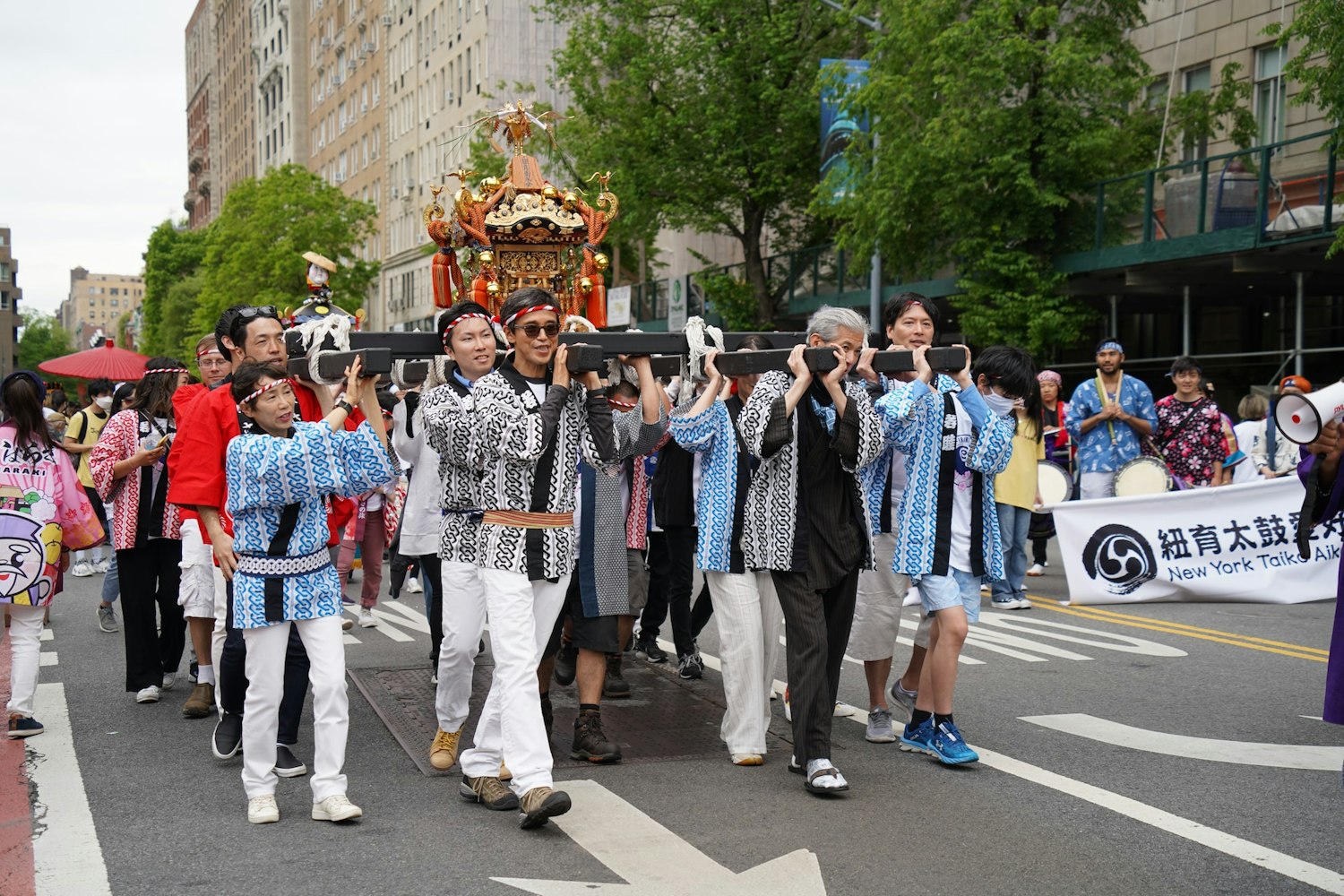
The mikoshi are decorated with gold and silver, and they are carried on the shoulders of the festival-goers. The sight of the mikoshi being carried through the streets is a highlight of the festival and is truly awe-inspiring.
Sanja Matsuri is a whirlwind of activity, and there is always something new to discover around every corner. Visitors can enjoy traditional Japanese food such as yakitori and takoyaki, as well as participate in traditional Japanese games and crafts. There are also many performances throughout the festival, including traditional Japanese music and dance.
One of the festival's highlights is the procession of portable shrines through the streets, which is accompanied by taiko drums and other traditional Japanese instruments. The festival is a celebration of Tokyo's vibrant cultural heritage, and it is an event that should not be missed.
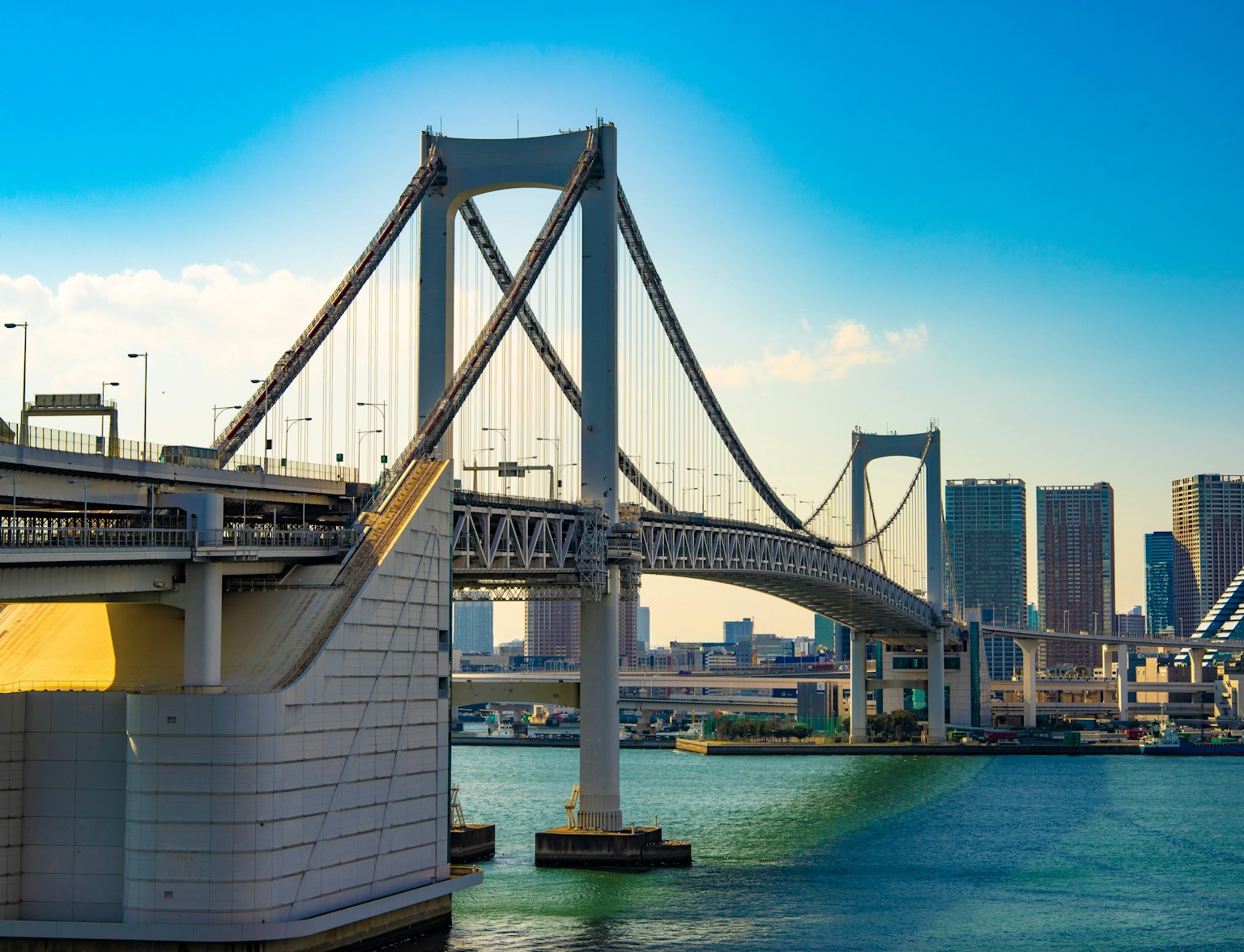
Visit Asakusa with this tour.
Takayama Matsuri is a biannual festival that takes place in Takayama, a picturesque town located in the heart of the Japanese Alps. The festival is a celebration of art and tradition, featuring a stunning procession of decorated floats, traditional puppetry, and captivating music and dance performances. The festival takes place in April and October and attracts visitors from all over the world.
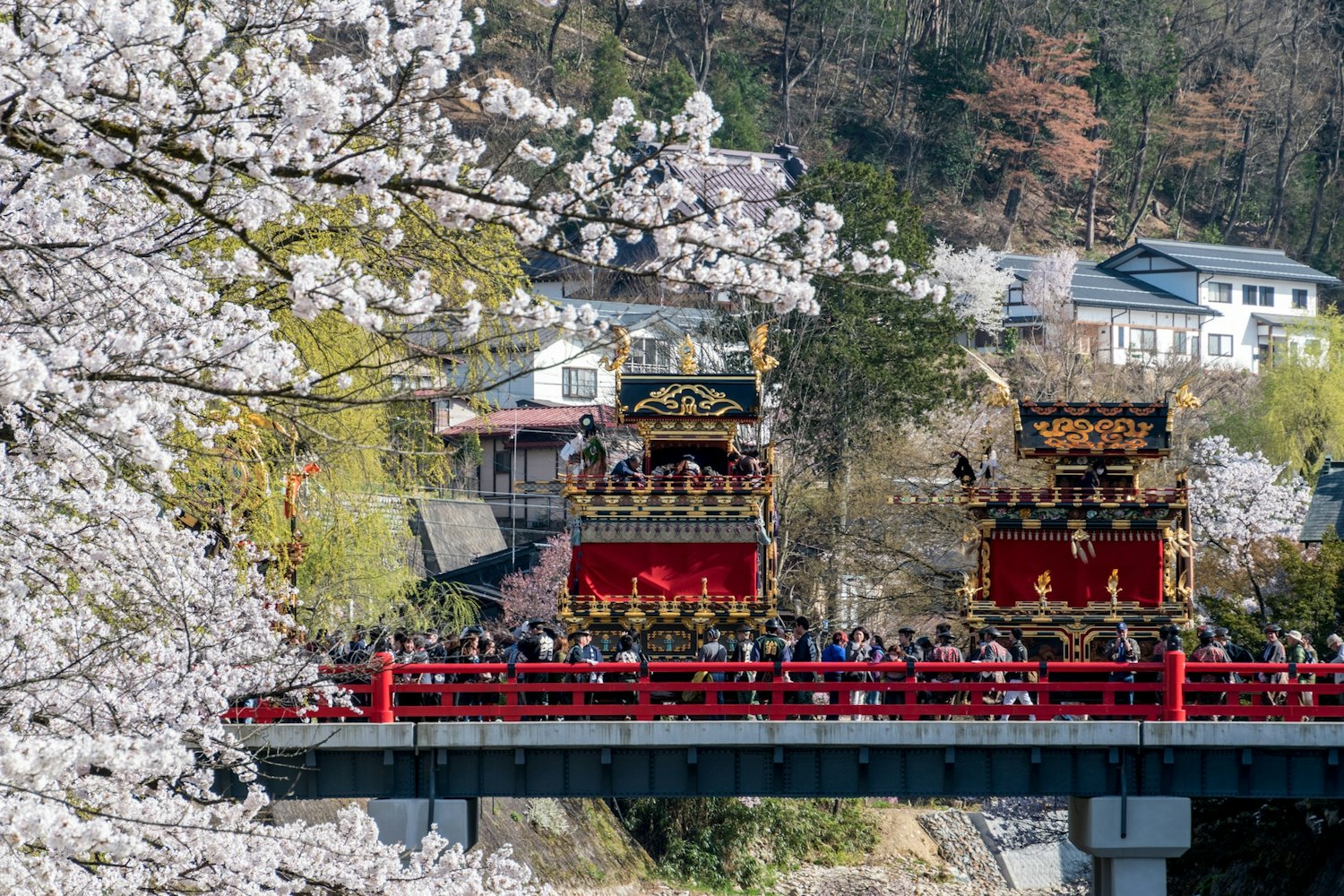
Takayama Matsuri has its roots in the Edo period, and it has been celebrated for over 300 years. The festival takes place twice a year, in April and October, and it is one of Japan's most famous festivals. The festival is a celebration of Takayama's unique culture and history and is an opportunity for visitors to experience traditional Japanese culture and hospitality.
The festival also features traditional Japanese music and dance performances, which are performed by local groups and professionals. The music is played on traditional Japanese instruments such as the shamisen and taiko drums, and the dance performances are characterized by intricate footwork and graceful movements. The music and dance performances add to the festive atmosphere of the festival and provide a glimpse into Japan's rich cultural heritage.
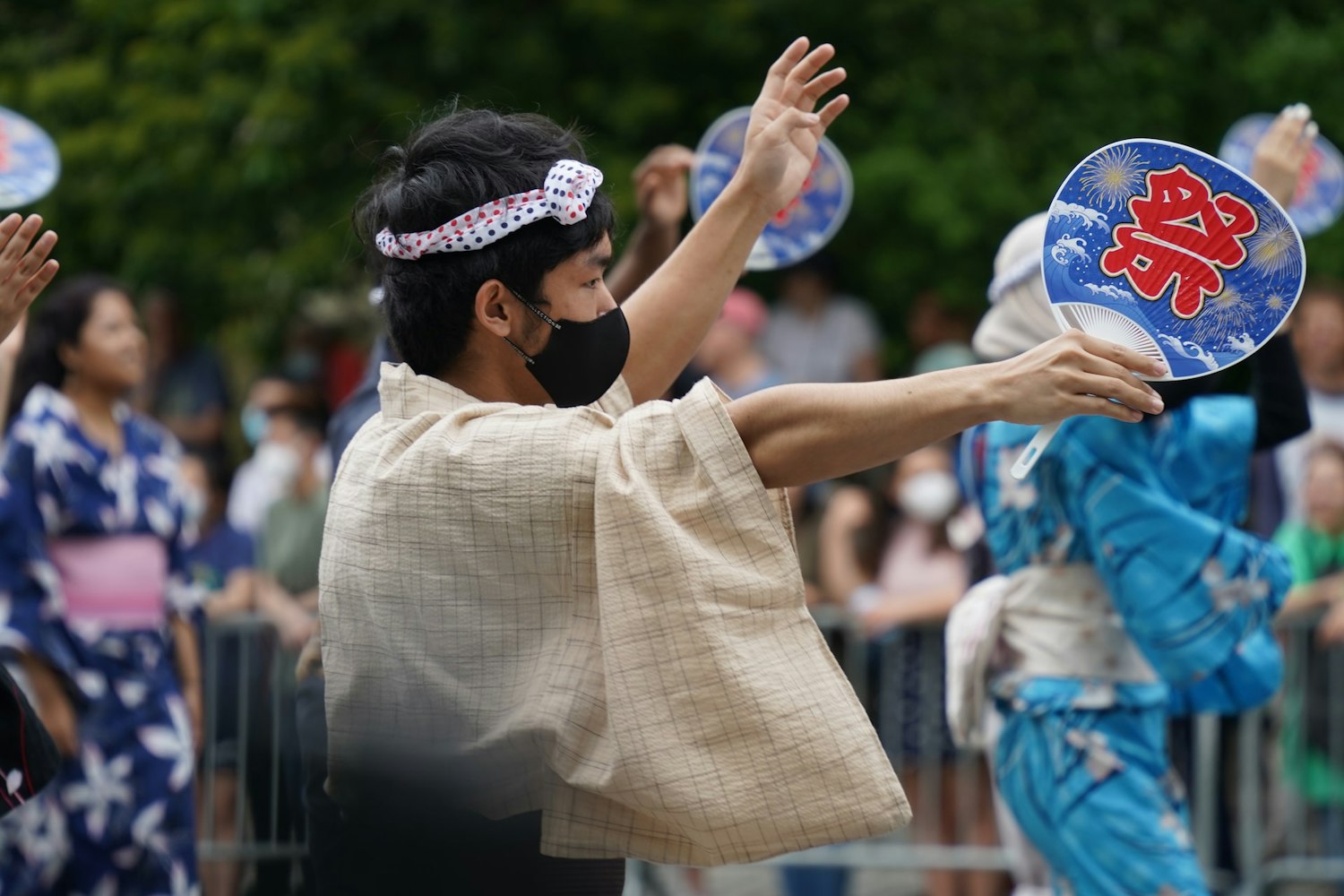
Another unique aspect of Takayama Matsuri is the traditional puppetry performances that take place during the festival. The puppets are made of wood and silk and are controlled by puppeteers who have been trained in the art of puppetry for years. The performances tell traditional Japanese stories and legends, and they are a mesmerizing sight to behold.
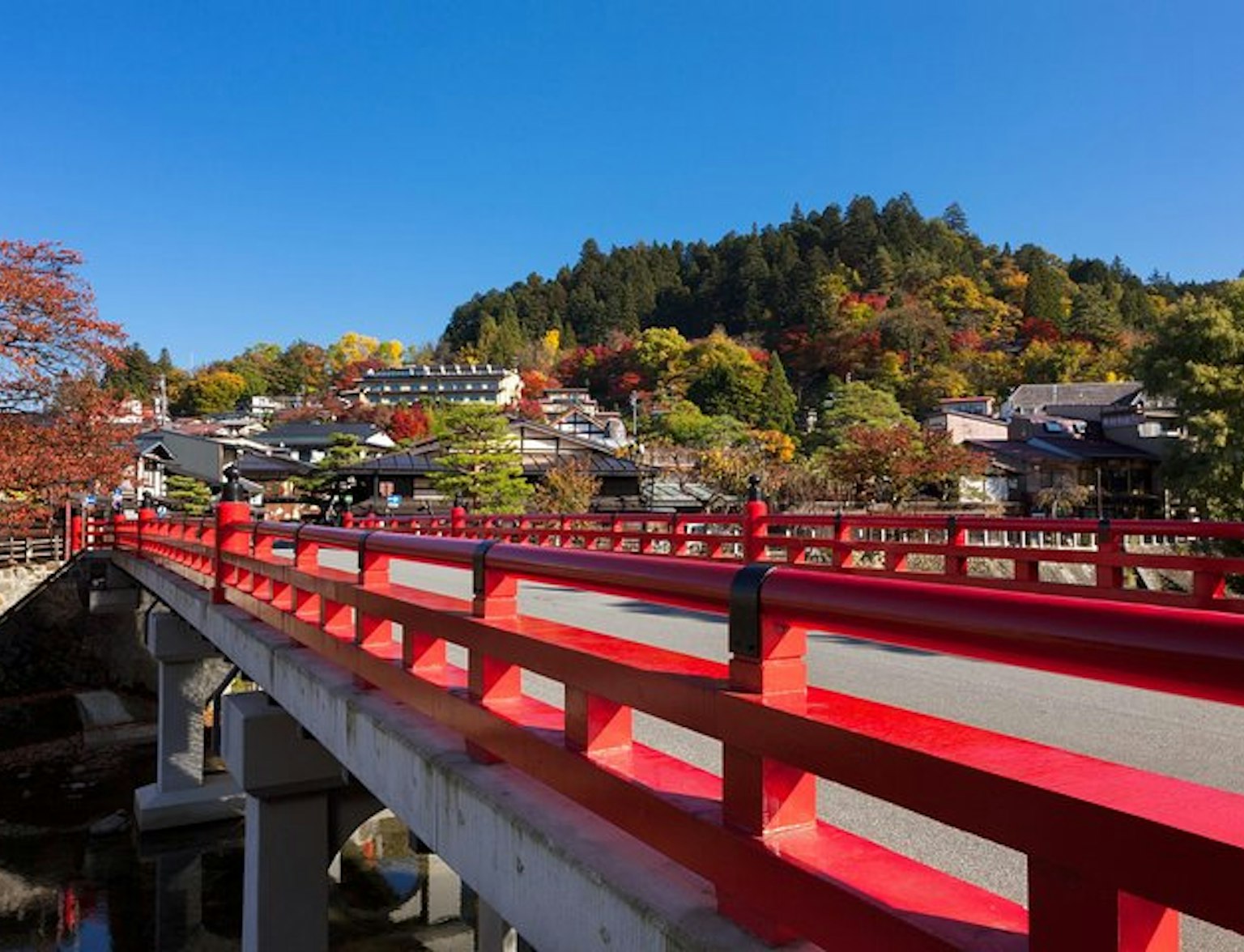
Experience the biannual festival in Takayama.
Jidai Matsuri is an annual festival that takes place in Kyoto, the ancient capital of Japan. The festival is a celebration of Kyoto's rich history and heritage, and it features a grand parade that chronicles the city's past. Jidai Matsuri is one of the most important festivals in Kyoto and is an opportunity to experience traditional Japanese culture and history.
The highlight of Jidai Matsuri is the grand parade, which features over 2,000 participants dressed in traditional costumes representing different periods of Kyoto's history. The parade begins at the Kyoto Imperial Palace and winds its way through the streets of Kyoto to the Heian Jingu Shrine.

Image Credit: Nullumayulife
The participants in the Jidai Matsuri parade are dressed in authentic historical costumes, ranging from the Heian period (794-1185) to the Meiji period (1868-1912). The costumes are painstakingly recreated using traditional materials and techniques, and each one is a work of art. The participants represent historical figures such as samurai, court ladies, and emperors, and their costumes provide a glimpse into Japan's rich cultural heritage.
To make the most of the Jidai Matsuri experience, visitors should arrive early and find a good spot to watch the parade. It is also recommended to wear comfortable shoes and clothing, as the parade can last for several hours. Visitors should also try some of the local food and drink, such as mochi and sake, which are available from vendors along the parade route.
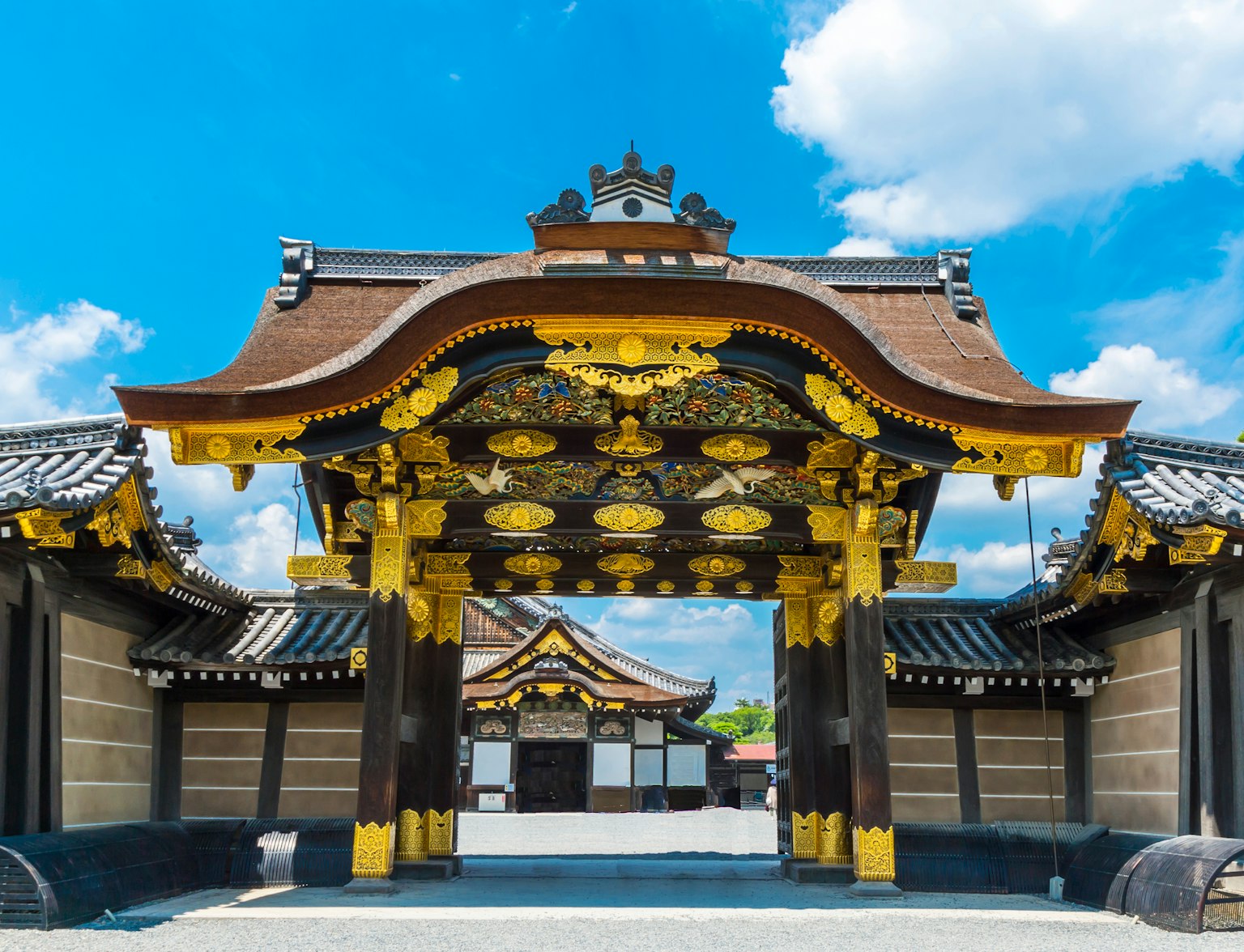
Drop by Kyoto Imperial Palace to see this spectacle.
Tanabata Matsuri, also known as the Star Festival, is a celebration of love and wishes that takes place in Sendai, located in the northern region of Japan's main island of Honshu. The festival is held annually in August, and it celebrates the story of two celestial lovers, Orihime and Hikoboshi, who are separated by the Milky Way and are only allowed to meet once a year on the seventh day of the seventh month.
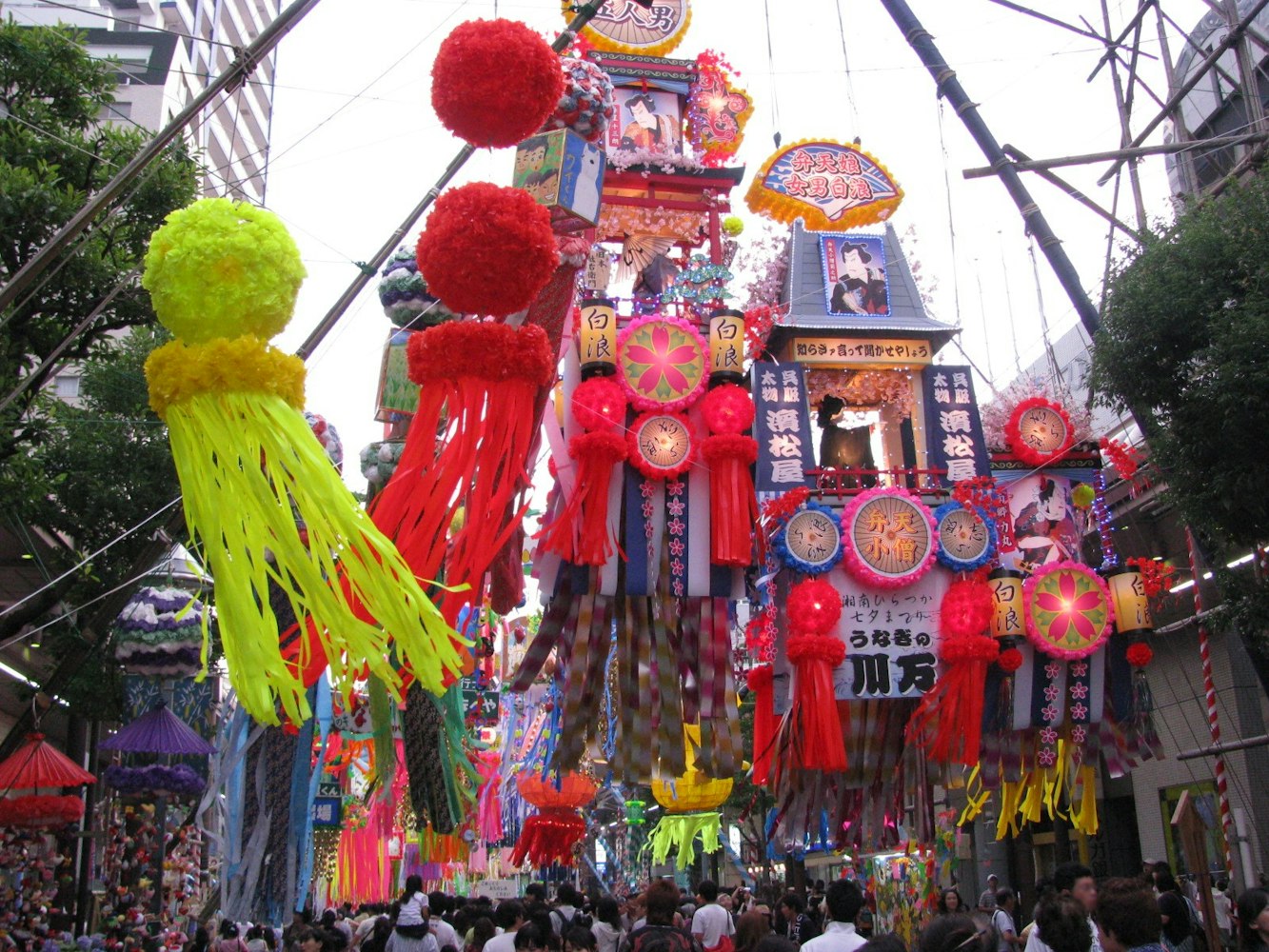
Image Credit: Wikimedia
The festival is a colorful and vibrant celebration that features brightly colored streamers and decorations, parades, traditional dances, and street performances. Visitors can write their wishes on small strips of paper called tanzaku and hang them on bamboo branches. The bamboo branches are displayed all over the city, creating a beautiful and enchanting atmosphere.
Japan is a country rich in culture and tradition, and its festivals are a beautiful reflection of its vibrant soul. The top 10 must-attend festivals and events we've covered in this article are just a glimpse into the vast array of celebrations that Japan has to offer. From the enchanting Gion Matsuri to the vibrant Awa Dance Festival, each festival is a unique and unforgettable experience that showcases the beauty and richness of Japanese culture.
Whether you're a local or a visitor, these festivals offer a window into the heart of Japan and its people. So come and immerse yourself in the sights, sounds, and flavors of these incredible festivals, and discover for yourself the enduring allure of Japan's vibrant cultural celebrations.



